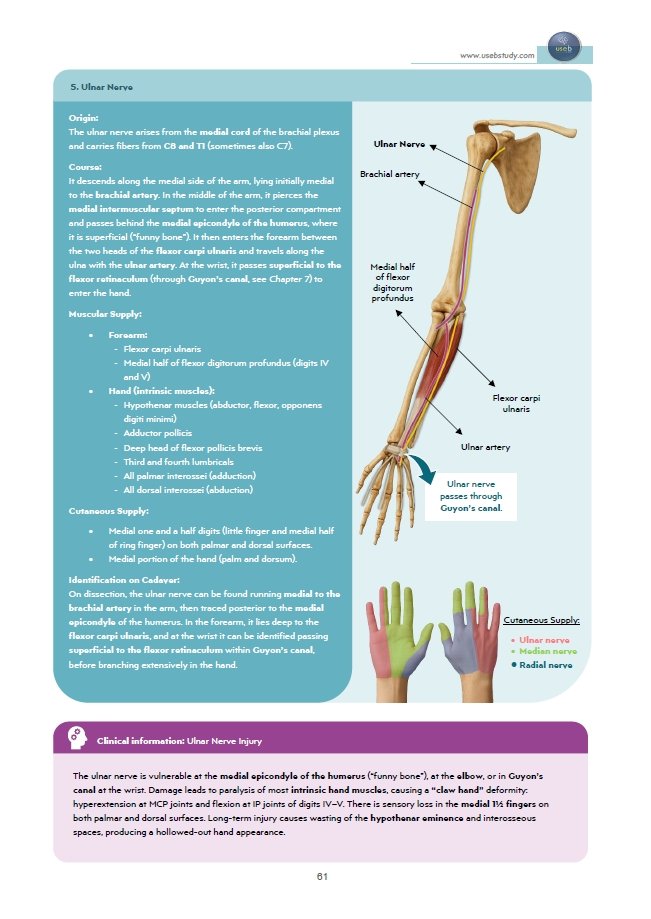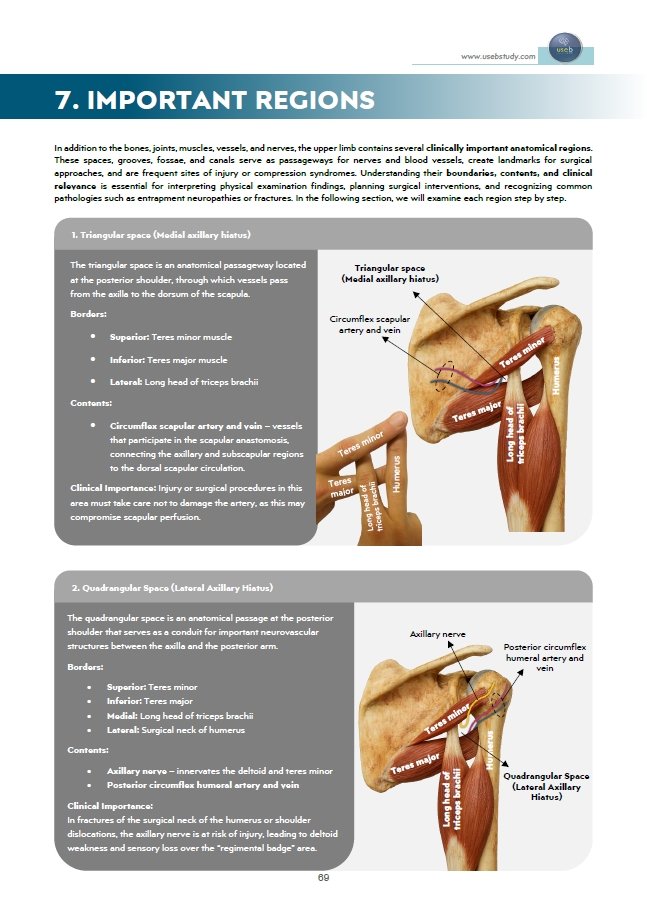Anatomy: Upper Limb
Author: Betül Oktay
Pages: 75 pages
Academic Year: 2025–2026
Created During: 2024 USEB Summer Writer Program
Medical Illustrations: Created with AI in realistic
quality and refined using professional graphic design software
Key Features:
Realistic Anatomical Illustrations:
High-quality AI-generated illustrations refined with professional
design tools show each structure with lifelike clarity. These visuals
highlight key anatomical details, making complex concepts easier to
grasp and recognize in cadaver practice.
Summary Tables:
Tables include the Latin roots of anatomical terms with explanations.
Every structure listed in the tables is also represented in the
figures, making memorization effective, efficient, and
straightforward.
Clinical Relevance:
Special boxes explain why each structure matters in medicine,
motivating learners and linking anatomy to real clinical practice.
Examples include the axilla, cubital fossa, and carpal tunnel.
Summary Pages:
All anatomical structures of each topic are summarized on dedicated
pages. Before exams, these can be used to practice identifying the
same structures on cadavers.
Explanatory Cards:
Detailed explanations of each nerve, blood vessel, and important
region. Since nerves and vessels are often difficult to find in
cadavers, the cards also guide students on how to locate them
effectively.
Nerve Diagrams:
Complex pathways are simplified into diagrams showing nerves from
roots to branches, making them easier to understand and remember.
Muscles:
Each muscle is explained both in tables and illustrations. Separate
figures clearly label the origin, insertion, and
innervation of every muscle, helping students connect
structure to function and identify them during cadaver practice.
Cadaveric Identification Tips:
Special notes explain how to find nerves, vessels, and muscles during
dissections, ensuring students can transfer book knowledge into
practical skills.
Copyright © 2025 USEB. All rights reserved.
All illustrations in this book were created with the assistance of
high-quality AI-based tools and refined using professional graphic
design software. While every effort has been made to ensure accuracy
through redrawing, editing, and careful review, AI technology may
occasionally produce errors.
For the most accurate and reliable scientific information, readers
are strongly advised to consult the official resources of their
university departments or other established scientific references.
This book has been created by students, for students in
medicine and dentistry. Its purpose is to make learning easier and
more motivating by providing supplementary study
materials, not official scientific sources.


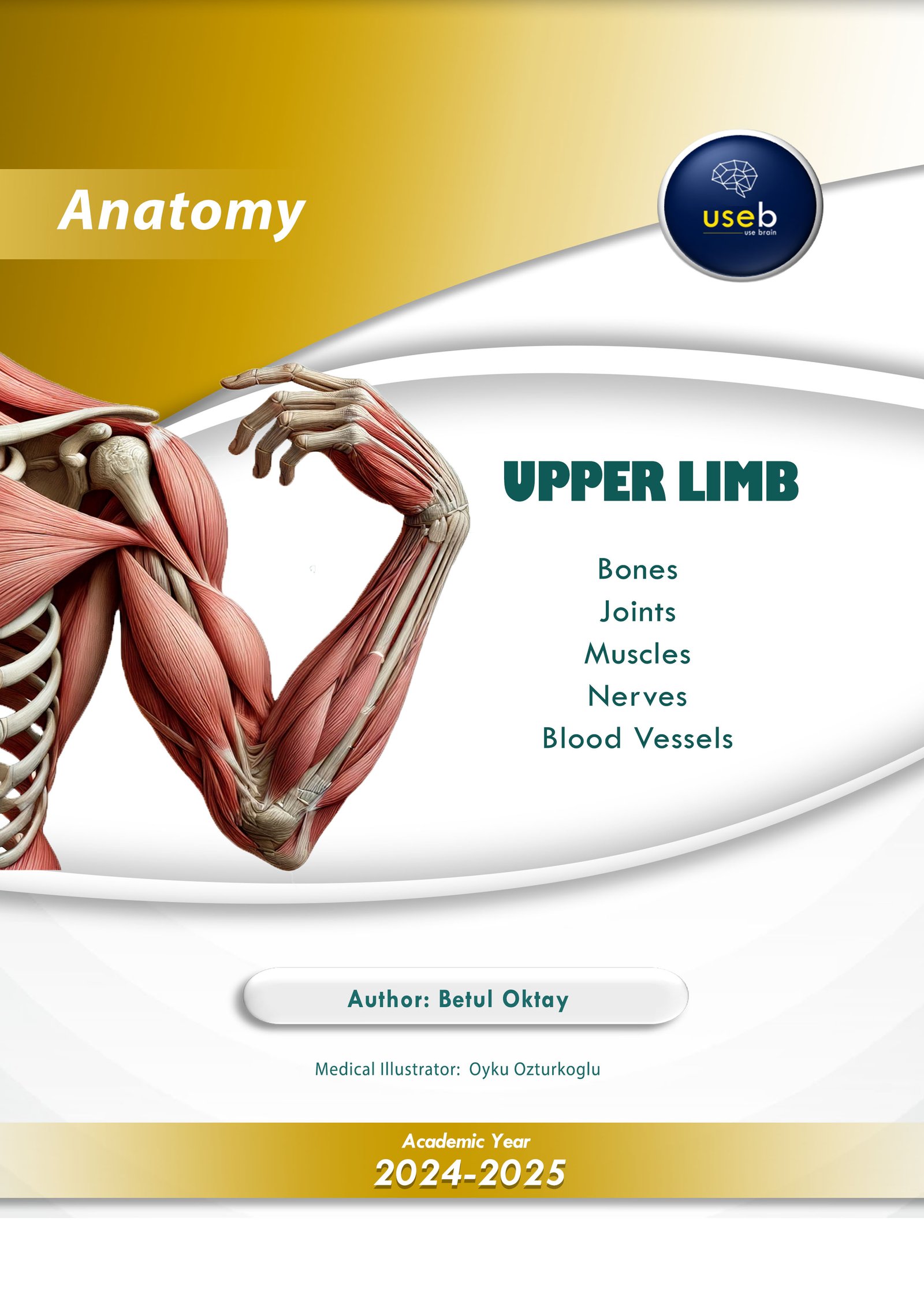
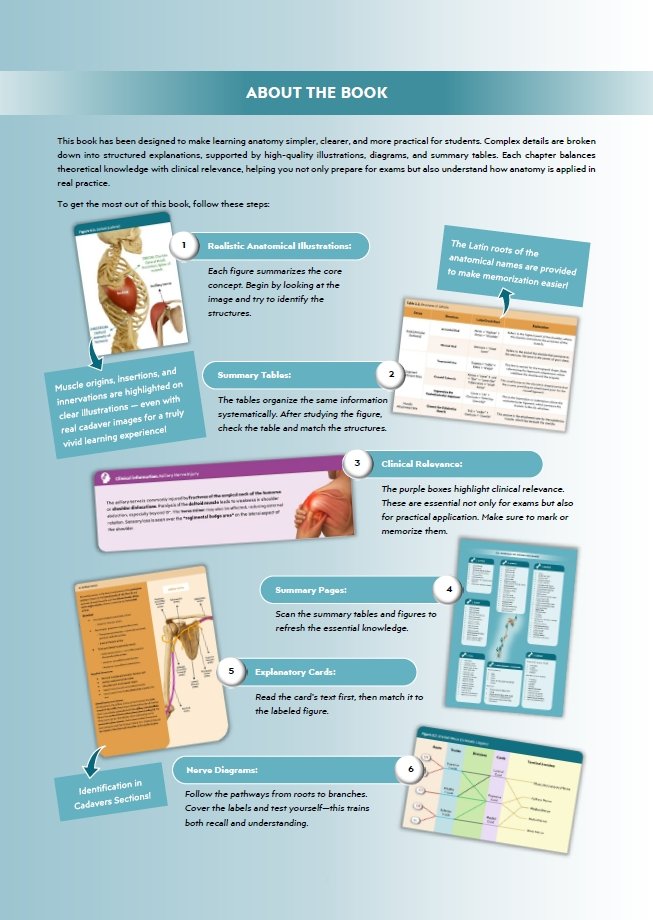
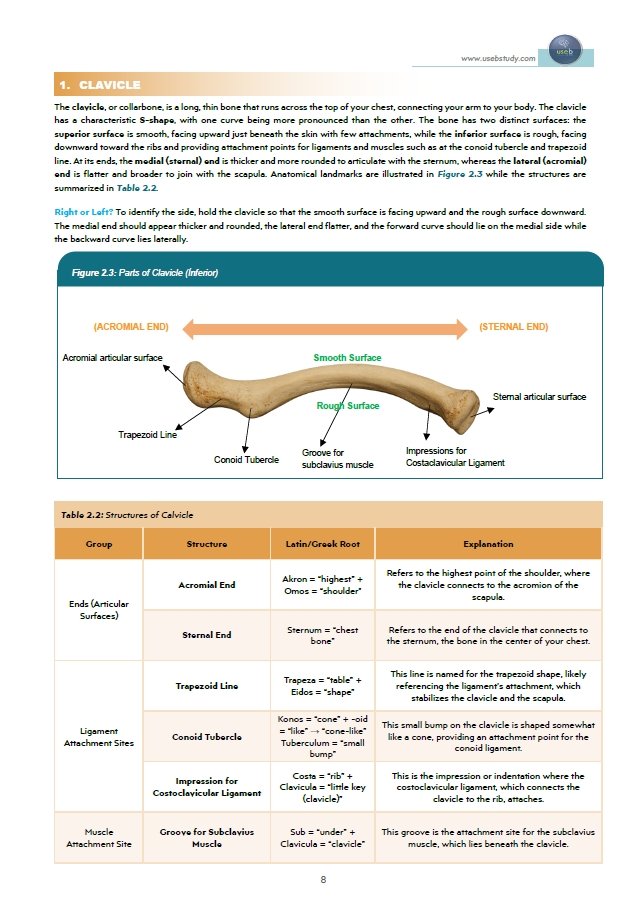
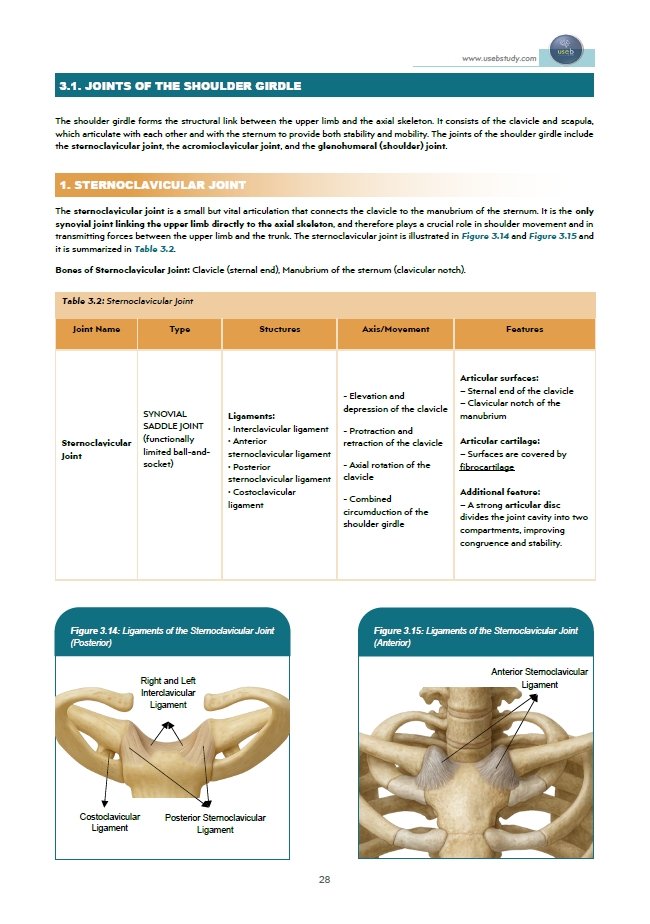
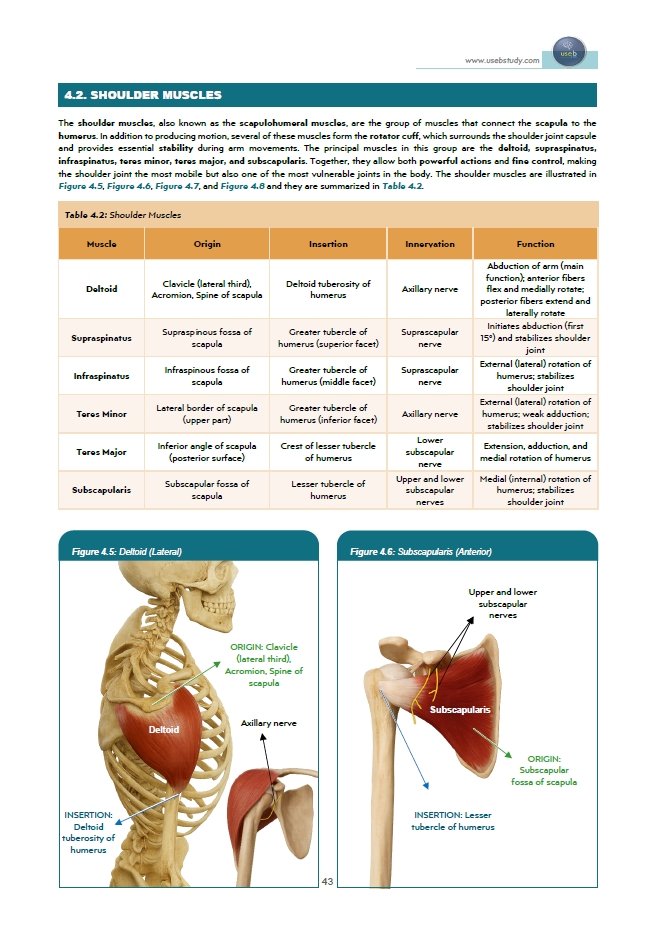
.jpg)
